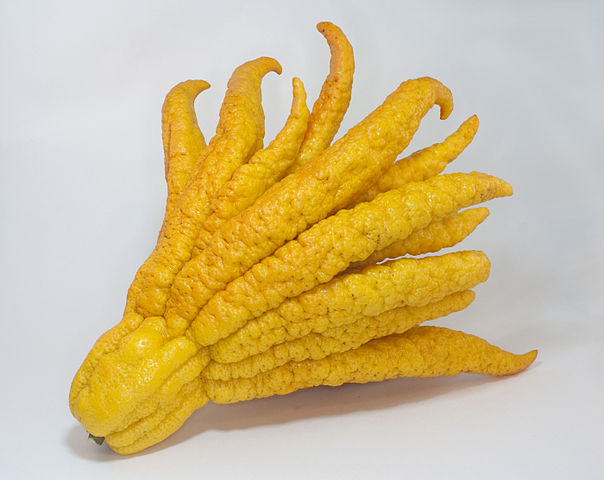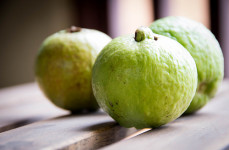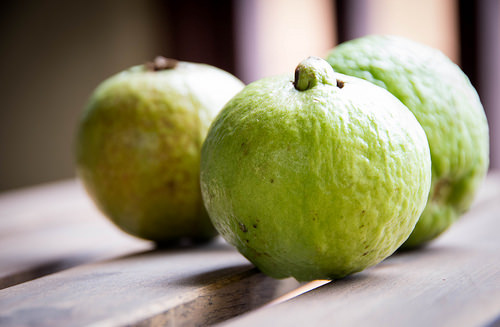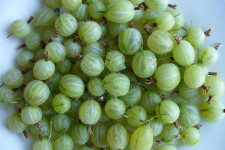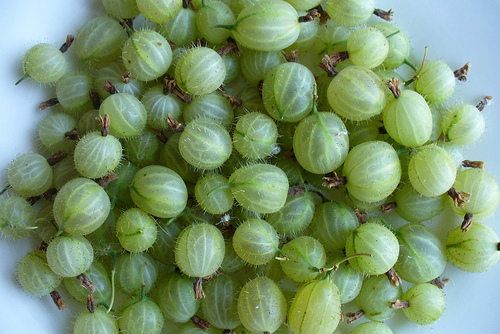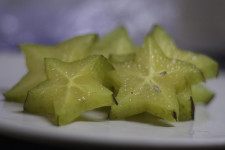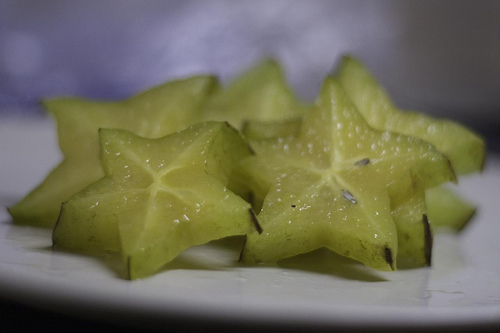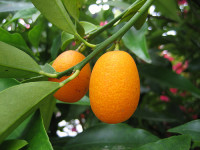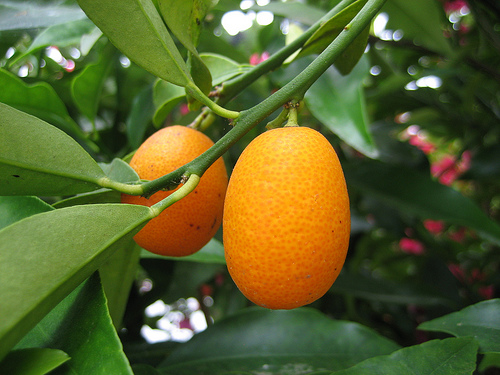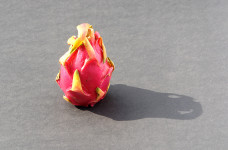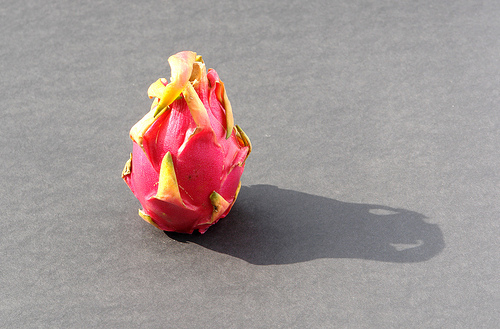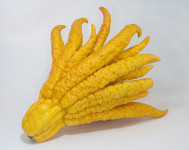
Are you’re eating someone’s hand when you’re eating Buddha’s hand?
- Buddha’s hands are a variety of citrus fruit notable for growing numerous finger-like ‘tentacles’.
- ‘Buddha’s hands’ are also known as ‘fingered citrons’, ‘fragrant citrons’, ‘five fingered mandarins’, and ‘goblin fingers’.
- The Buddha’s hand fruit grows on trees with the scientific name Citrus medica var. sarcodactylis, a variety of citron, and it comes from the family Rutaceae, the family of citrus.
- When ripe, the finger-like appendages of Buddha’s hands generally spread outward to take the appearance of an open hand.
- The colour of ripe Buddha’s hands range from bright yellow to orange-gold shades, while unripe fruit is usually coloured green.
Buddha’s Hand
Image courtesy of Wikimedia Commons
- Buddha’s hands grow on a plant thought to be native to parts of India and possibly China, both in Asia.
- Buddha’s hands contain next to no juice and have little pulp, with many specimens containing no seeds either, and this results in a fruit which is virtually all pith and rind.
- A pleasant aroma is released from Buddha’s hands, and as such, the fruit can be used as a perfume or to freshen air in buildings.
- Buddha’s hands reach a length of 15 to 30 centimetres (6 to 12 inches), and the rind and the pith of the fruit do not usually have the bitterness typical with other citrus fruits.
- Buddha’s hands are often candied and made into jams, while pieces of the fruit can be added to both savoury and sweet dishes, and the zest can be used to flavour alcoholic beverages, baked goods, marinades, and other food dishes.



